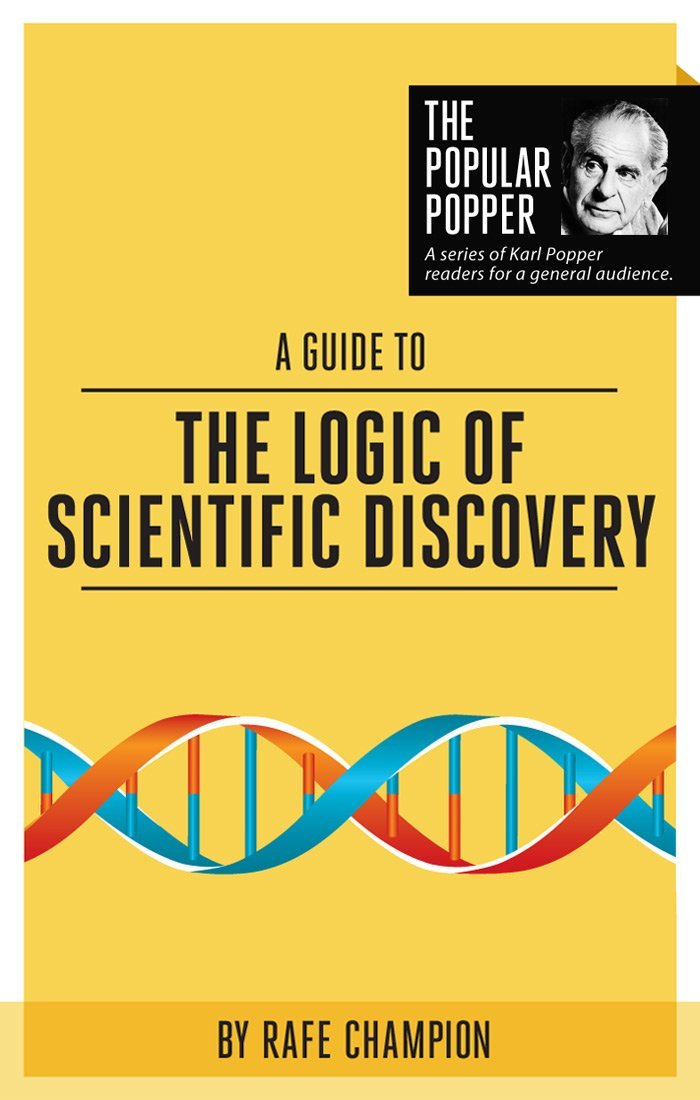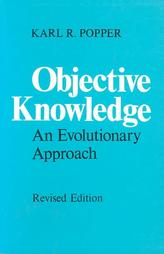This is something a bit different but closely related to the study of metaphysical research programs. My friend Michael Giffin, another independent scholar in Sydney has made a deep study of metaphysical themes in modern literature, focussed on female novelists and the Australian Nobel Prizewinner Patrick White.
His latest book has just gone live as an Amazon e book, Female Maturity from Jane Austen to Margaret Atwood: When Bildungsroman Meets Zeitgeist. One of the good things with these books is that you can preview 10% before you buy and that means you can form a fairly reliable opinion as to whether you want to read the whole thing or not.
I have done a review on the Amazon site to help the book along. To keep it simple I did not mention research programs or Popper, or critical rationalism, that can be done elsewhere. The book makes a contribution to both literary criticism and the history of philosophical ideas. It is based on a close reading of the representative works of leading female novelists writing in English. A bildungsroman is a “coming of age” story focused on the psychological and moral growth of the hero and the zeitgeist is the “spirit of the age.”
Giffin has explored how novelists from Jane Austen to Margaret Atwood have consciously or subconsciously picked up various philosophical ideas to frame the life stories of their protagonists. This kind of analysis is illuminating when it is sensitively applied to a single author but the real point of the project is the way things have changed over the period between the Napoleonic wars and the present day.
“Before the mid-19th century, during the neoclassical and romantic periods, a hero was allowed to mature and still keep her religion; however, between the mid-19th and mid-20th century, during the realist, naturalist, and modernist periods, religious belief was increasingly regarded as a form of immaturity, and the hero could not mature until she either abandoned her religion or learned to live on its margins. After the Second World War, bildungsroman went in different directions; the postmodern and post-postmodern hero’s relationship with religion was no longer a measure of her maturity; within the limits of her freedom and necessity, she no longer had to fulfill the secularizing imperatives of realism, naturalism, or modernism.”
The pattern is clear enough when the connections are pointed out but the scholarship required to master the range of ideas necessary to make the connections calls for a very thorough background in philosophy, which is not usually picked up in undergraduate courses, and a lot of close reading in the books. All the professional and institutional pressures for specialization and “publish or perish” in small bites make it very hard to persist with the work required for a study of this kind.
The implications of the study extend well beyond novels and the moral progress of their protagonists. In focusing the reader’s attention on the movement away from classical metaphysics towards literary modernism and philosophical modernity, we learn a lot about how the novel participated in the crisis of belief, and how the nature of that crisis changed after the Second Word War.






